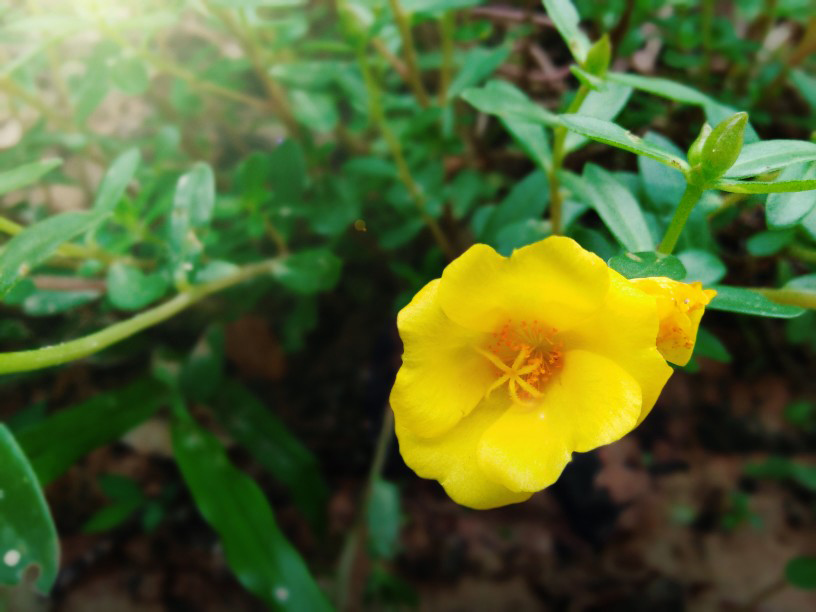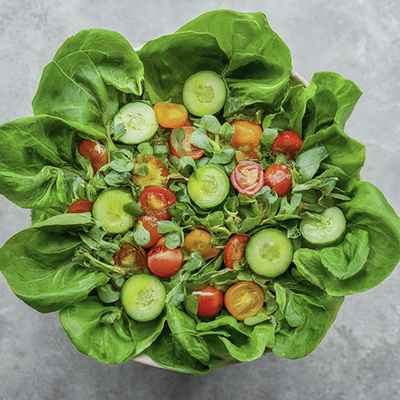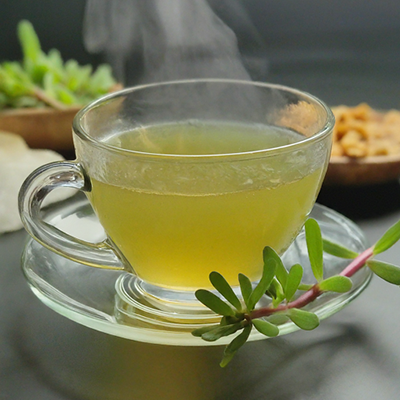Contents
The purslane plant was cultivated in ancient times as a vegetable for salads, though peasants regard it as a weed today. Its medicinal applications are still used.

Healing Properties
The whole plant contains a high amount of mucilage, which is its most crucial active component and gives the plant emollient, anti-inflammatory, and laxative properties. It also contains vitamin C, to which it owes its antiscorbutic properties. Purslane has diuretic and depurative properties, though the causative active component is unknown.
This plant is applied for chronic constipation. As a diuretic and depurative plant, it is recommended for obesity or rich diets. Due to its soothing and anti-inflammatory properties, it is beneficial for cystitis and kidney stones.
It is used in poultices for blepharitis (eyelid inflammation) and conjunctivitis in an external application.

Purslane Plant Scientific Facts

- Scientific Name – Portulaca oleracea L.
- Other Names – Common purslane, pursley.
- French – Pourpier.
- Spanish – Verdolaga.
- Environment – Sandy soils near rivers or old farming lands all over Europe. This plant is widespread in America.
- Description – The Portulacaceae family’s annual creeping plant, with thick, juicy stems and small, oval-shaped, fleshy leaves, white on their undesirable. Its flowers are small and yellow.
- Parts of the plant used medicinally – The leaves and fresh stems.
How to use Purslane
- As a vegetable in salads, dressed with oil, salt, and lemon juice.
- Decoction with 100 grams of fresh plant per liter of water. Drink up to five cups.
- Poultices with the fresh plant, mashed.
DISCLAIMER: All content on this website is presented solely for educational and informational objectives. Do not rely on the information provided as a replacement for advice, diagnosis, or treatment from a qualified medical expert. If you are pregnant, nursing, or have any preexisting medical concerns, talk to your doctor before using any herbal or natural medicines.
REFERENCES
- George D. Pamplona-Roger, M.D. “Encyclopedia of Medicinal Plants.” George D. Pamplona-Roger, M.D. Encyclopedia of Medicinal Plants. Ed. Francesc X. Gelabert. vols. 2 San Fernando de Henares: Editorial Safeliz, 2000. 518. Print. [purslane plant]
- https://pubmed.ncbi.nlm.nih.gov/29236870/
- https://pubmed.ncbi.nlm.nih.gov/27508030/
